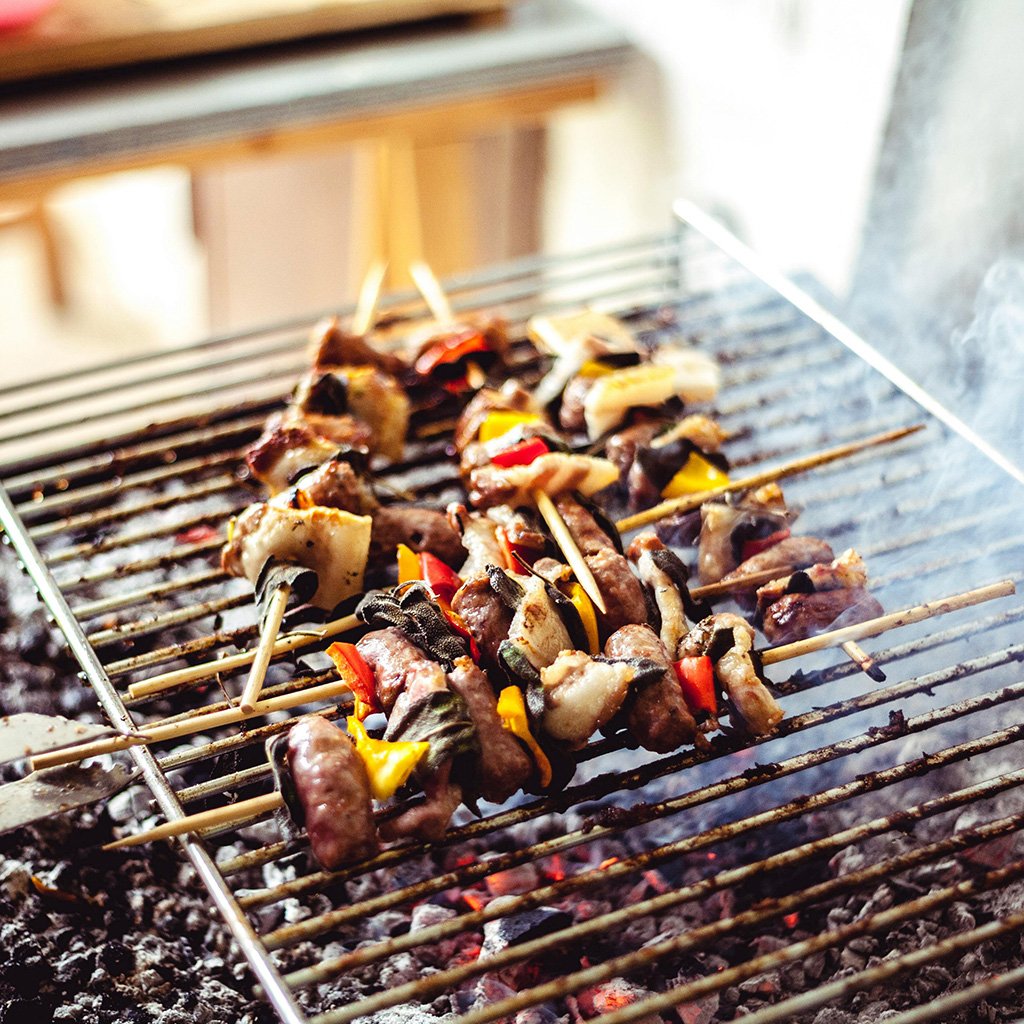LAST UPDATED FEBRUARY 17, 2023
Remember when we could eat all the pizza and ice cream we wanted? Sadly, when we turn 50, it feels like we have to say goodbye to those days as we say hello to gray hair and wrinkles. With middle age comes a metabolism slow-down, a loss of estrogen, and a whole bunch of other hormonal stuff. The bottom line? We work out and work out, but it doesn’t seem to do much. What’s a 50-plus-year-old woman to do?
When it comes to aging, we all have choices. Find a good colorist or embrace the gray hair. Start Botox injections or embrace the fine lines. When it comes to hair and wrinkles, you do you. But pretty much every expert agrees: It becomes even more important to exercise and eat right if we want to maintain a healthy lifestyle.
The saying “everything in moderation” rings true. At this point, we realize that life is short—too short to never eat pizza and ice cream. But the need to eat healthily becomes vitally important as we get older. That other saying “a good workout can’t undo a bad diet” also rings true. Want to feel great as you age? Try these four things: Stay active, eat the foods on the good list, avoid the foods on the bad list, and hope for the best.

The National Institute on Aging compiled a list called Smart Food Choices for Healthy Aging. The overall message is to focus on variety, eat nutritionally dense foods, and maintain balanced amounts. Use this advice as a guideline rather than a prescription. As always, talk to your doctor before starting any nutritional plan. It’s also important to keep in mind how certain conditions could affect diet. For example, grapefruit can be a healthy fresh fruit choice, but if you’re on a cholesterol medication like a statin, grapefruit is a no-no.
Anita Dock, RDN, CDE, CLT, owner of Anita Dock Nutrition Counseling, advises women over 50 to “focus on lean protein and vegetables and eat as many colors as possible.” When it comes to what not to eat, Dock outlined five to avoid and the best diet for women over 50.
Foods to Avoid
1. Cured Meats
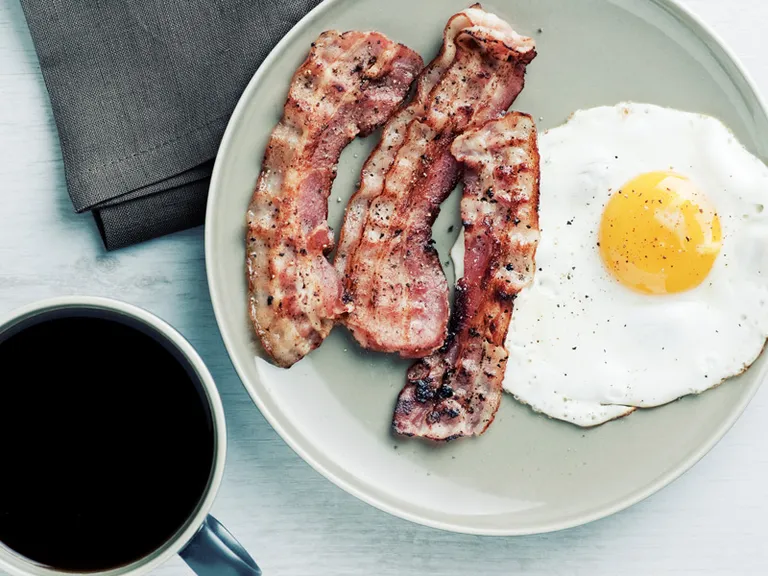
Hot dogs, sausage, and bacon are high in fat, sodium, and cancer-causing additives. They’re also highly processed and offer little nutrition.
2. Frozen Meals

They’re low in vegetables and protein and high in sodium and saturated fat. If you can’t live without the convenience, these brands offer choices with more vegetables: Stouffer’s Fit Kitchen, EatingWell, or Amy’s. Eat frozen meals as infrequently as possible, and pick those that have less than 30% of the total calories from fat.
3. Protein Bars
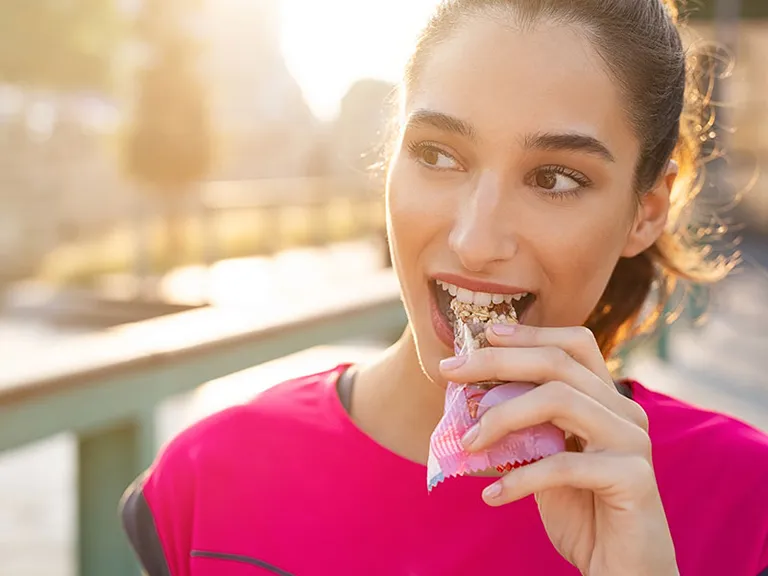
Protein bars are heavily processed and high in added sugar. Many also contain soy protein isolates, which are known to be sprayed with pesticides.
4. Veggie Chips and Bagged Popcorn
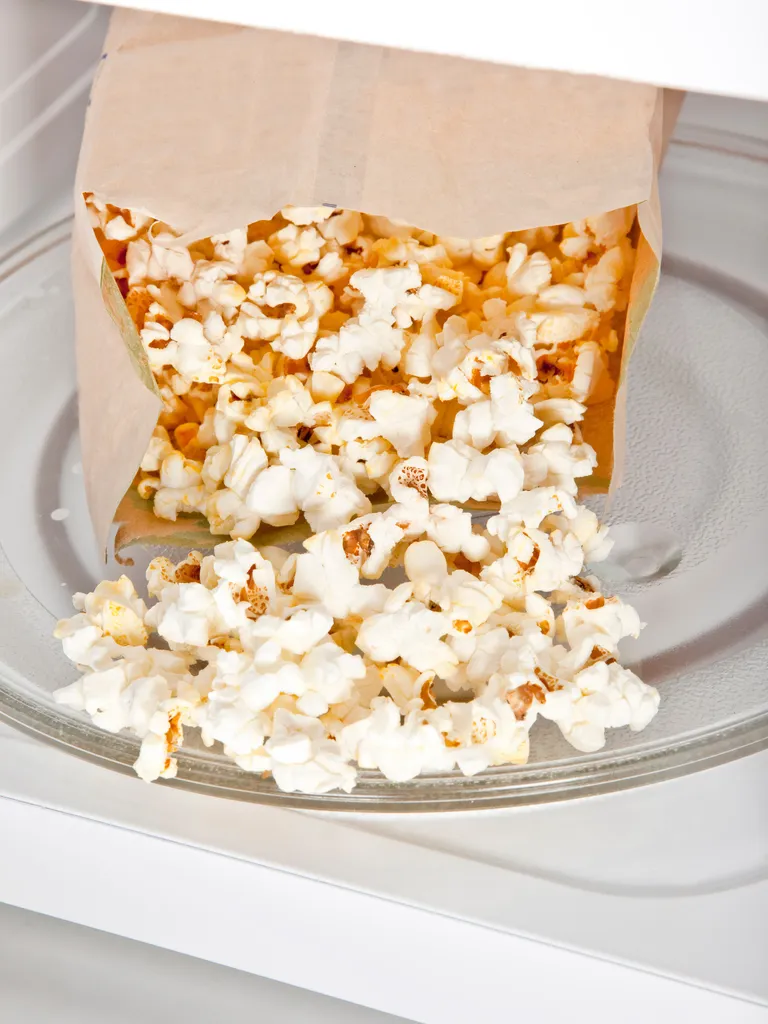
Many of these get 50% or more of their calories from fat.
5. Beverages From Commercial Smoothie and Juice Shops
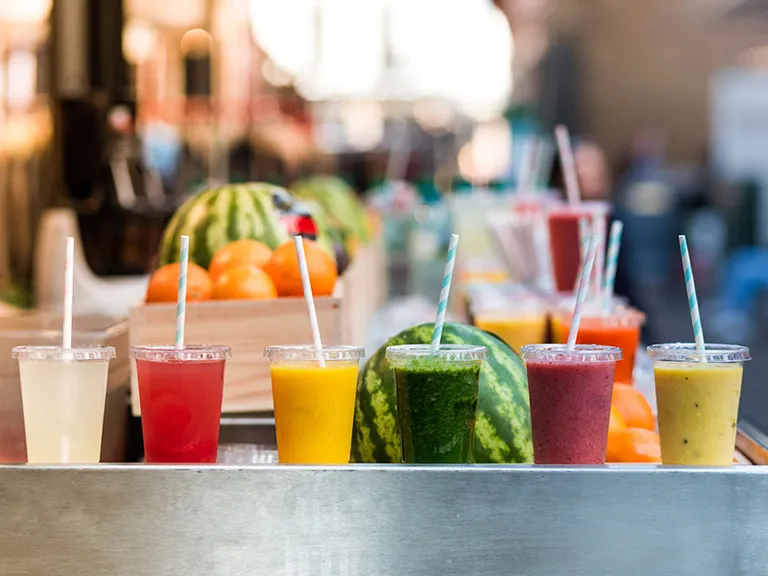
They can be high in sugar and calories. Blend your own smoothie at home with frozen fruit, leafy greens such as raw spinach or kale, greek yogurt, and unsweetened almond milk.
What to Eat
Dock, who falls into the over-50 category, recommends that we eat five to 12 servings of fruits and vegetables a day and avoid processed foods. “I went to the grocery store today, and I practice what I preach. I cook from scratch and don’t eat very much sugar. I keep the fat content of my diet low,” she explains. Dock shared her “delicious dozen” food list with us, adding that all of these foods were in her grocery cart, too.
1. Wild Salmon

This fish provides omega-3 fatty acids, which have been known to prevent heart disease and stroke and can help control rheumatoid arthritis. They are also a great source of protein.
2. Blueberries

They’re high in antioxidants and fiber. Antioxidants can protect your cells against the effects of free radicals, which can contribute to heart disease and cancer.
3. Plain Greek Yogurt
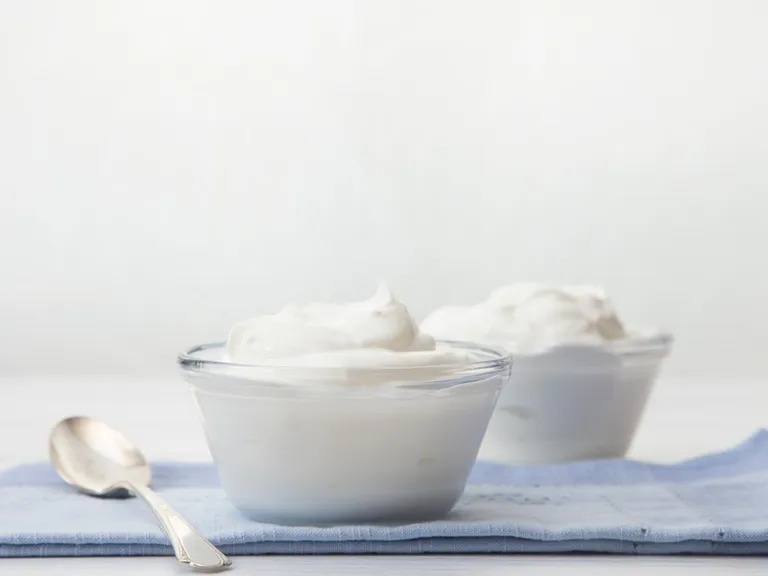
It’s high in protein, calcium, and probiotics.
4. Almond Butter

It has three times more vitamin E than peanut butter. It’s also lower than peanut butter in inflammatory omega-6 fatty acids.
5. Leafy Greens

They’re high in folate, vitamin C, vitamin K, calcium, iron, potassium, other antioxidants, and fiber.
6. Olive Oil
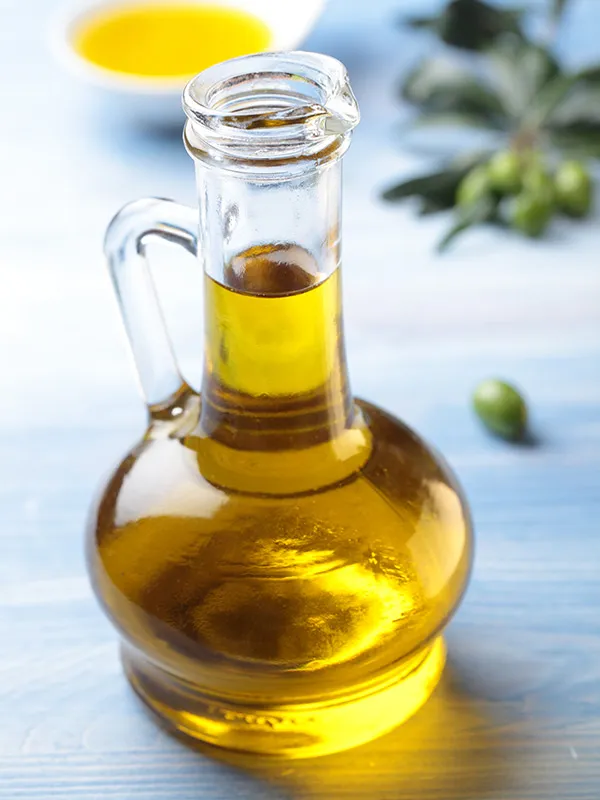
It’s high in monounsaturated fats, the “healthy” fats that might help reduce bad cholesterol and might lower your risk of heart disease and stroke. It’s also an anti-inflammatory.
7. Tomatoes
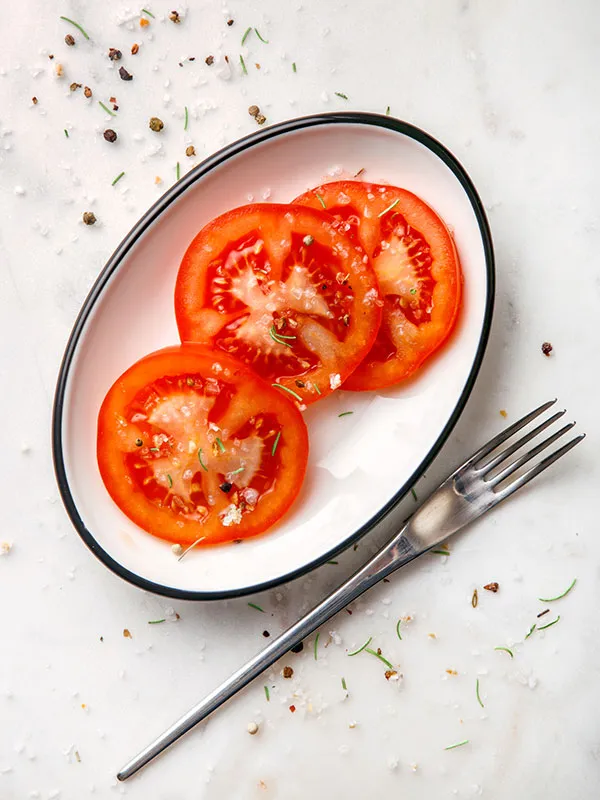
They contain vitamin C, lycopene, potassium, folate, vitamin K, and fiber.
8. Mushrooms

They provide beta-glucans, copper, potassium, magnesium, zinc, and B vitamins as well as fiber. They’re great for boosting immunity and brain health.
9. Cilantro

Love it or hate it, it helps get rid of toxins. It’s high in nutrients including vitamin K, folate, potassium, manganese, choline, and fiber, and it contains antioxidants.
10. Avocados
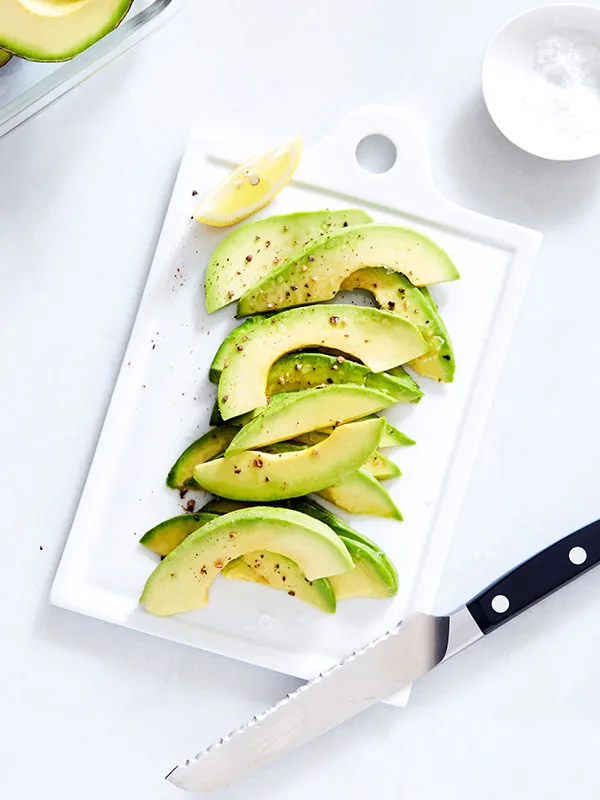
They’re high in vitamins K, C, E, B6, riboflavin, niacin, folate, pantothenic acid, magnesium, potassium, lutein, beta-carotene, and omega-3 fatty acids.
11. Broccoli

Broccoli is one of the cruciferous vegetables, which are known to prevent cancer and protect against cell damage. They contain sulforaphane, which can improve blood sugars. It’s also high in vitamin K, vitamin C, folate, potassium, and fiber.
12. Bell Peppers

Look for all them in a variety of colors. They’re high in vitamin C, vitamin K, vitamin E, vitamin A, folate, potassium, and fiber.
Note: This article was originally published at an earlier date here https://www.whowhatwear.com/best-diet-for-women-over-50



